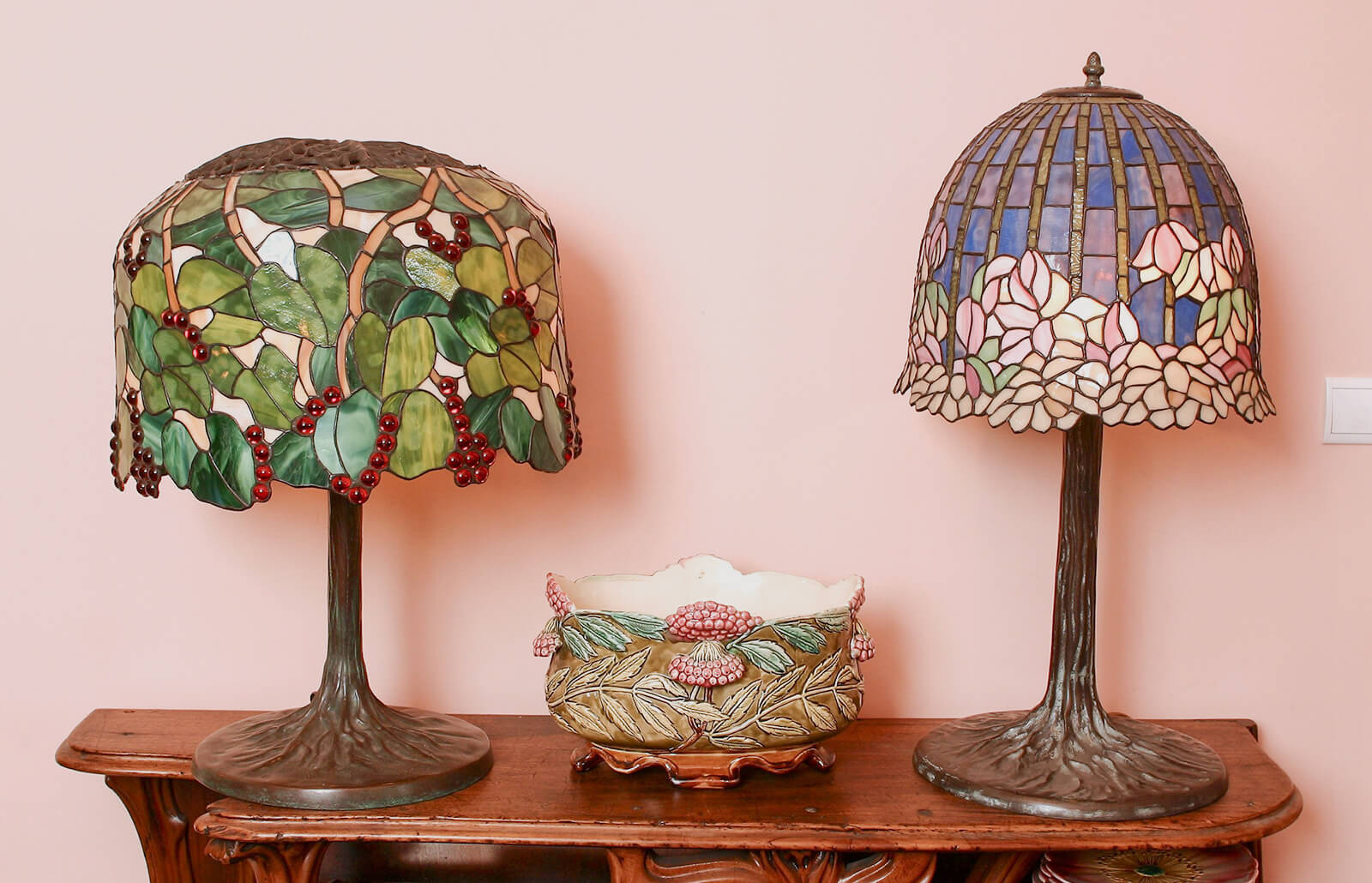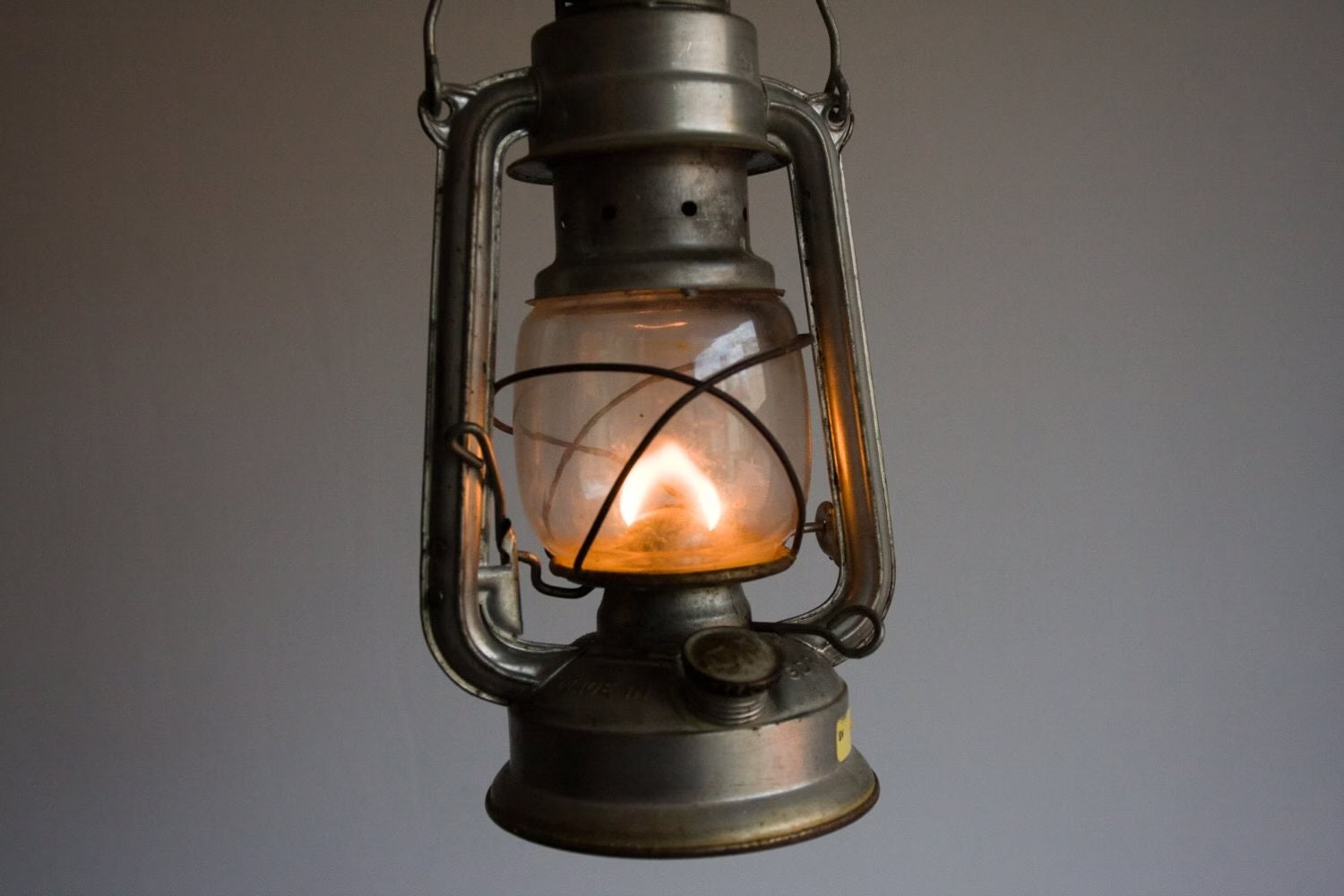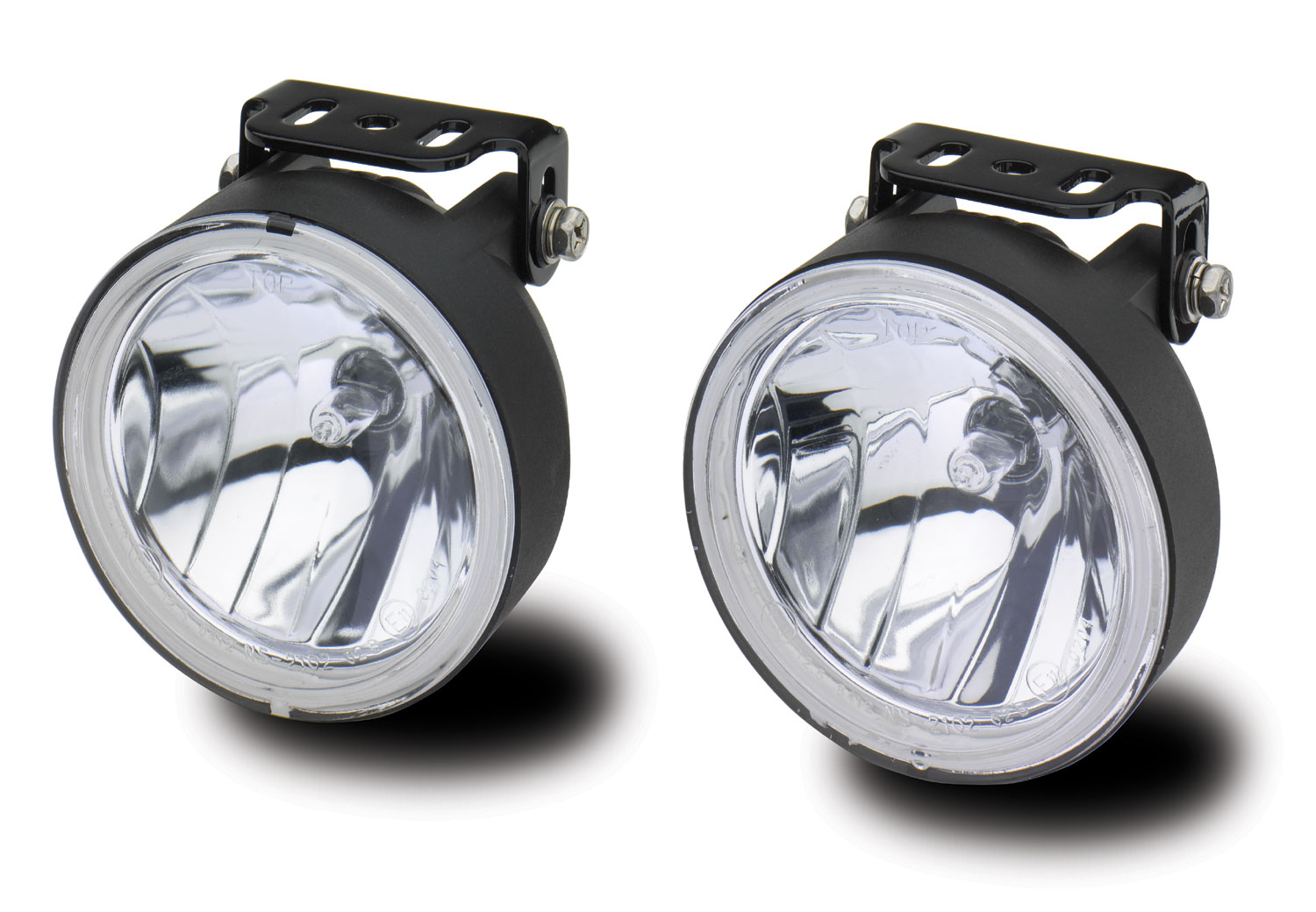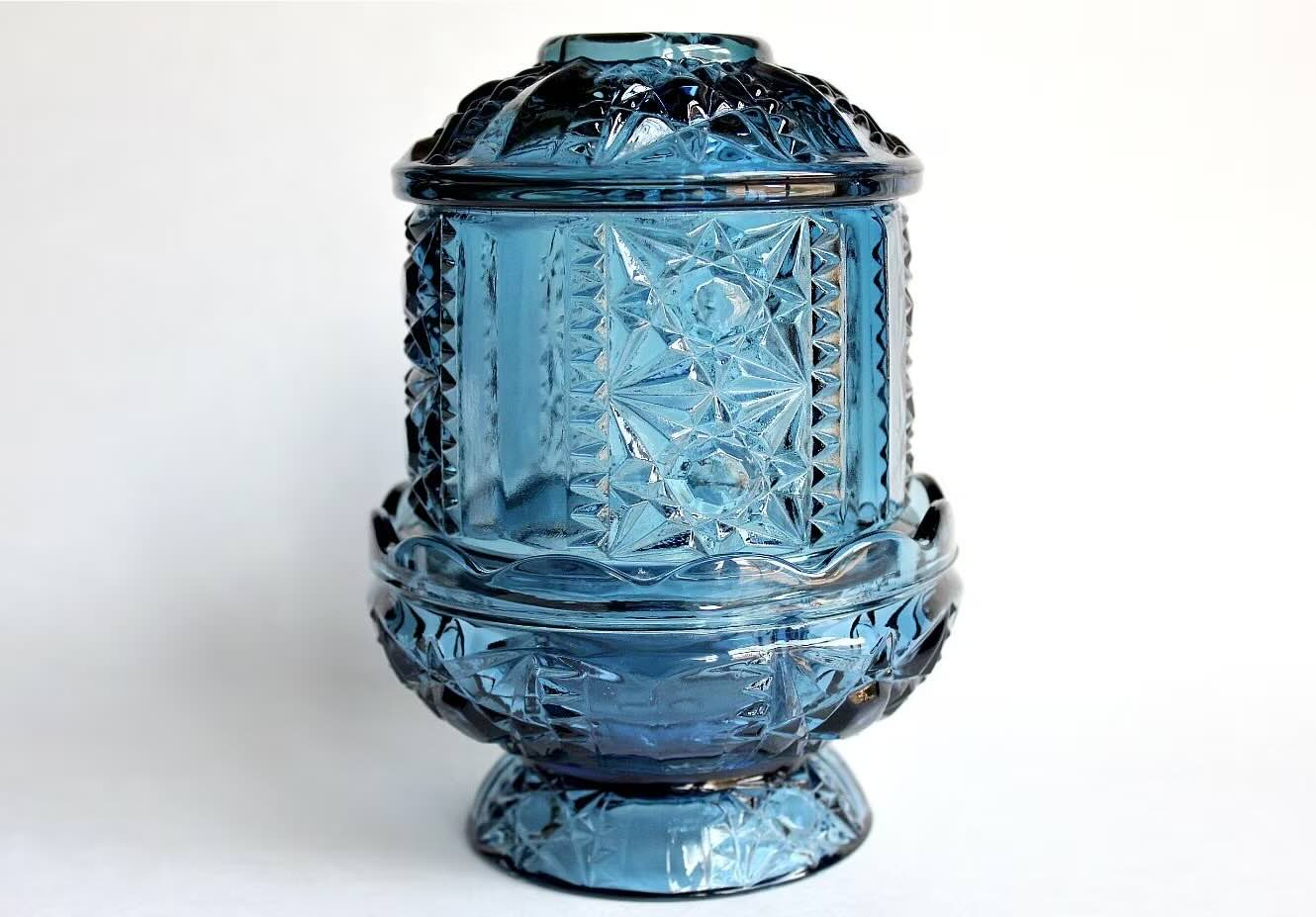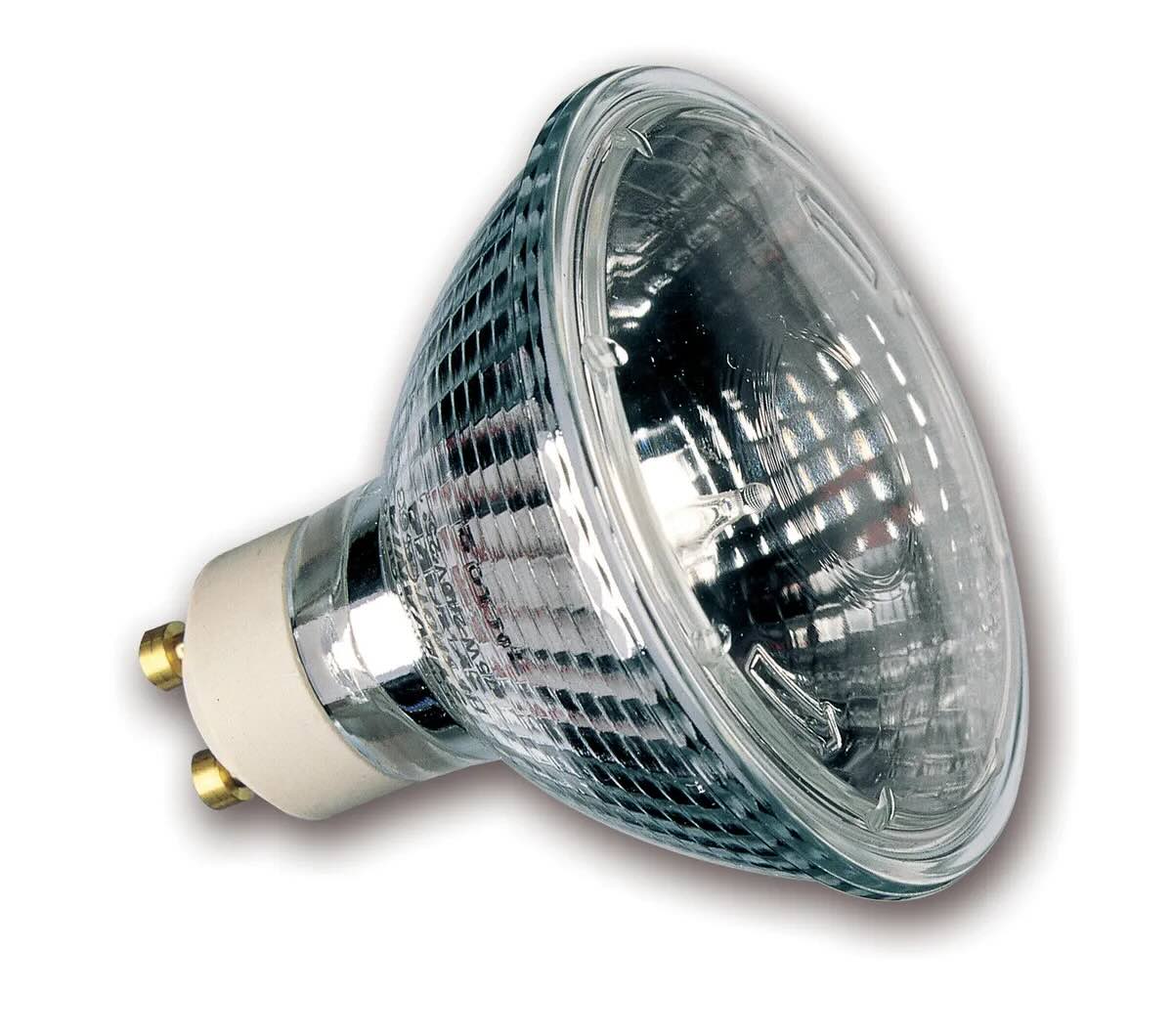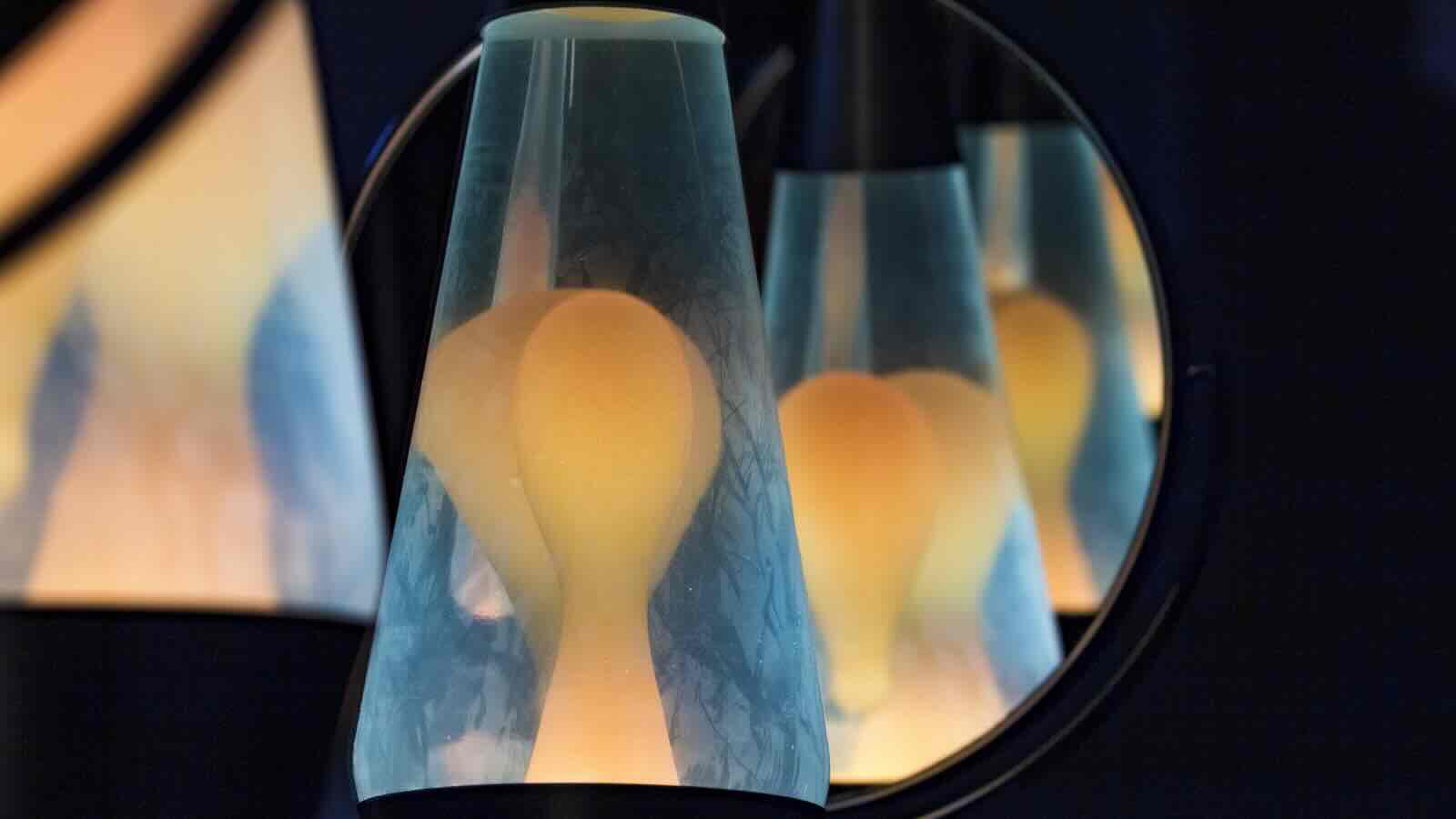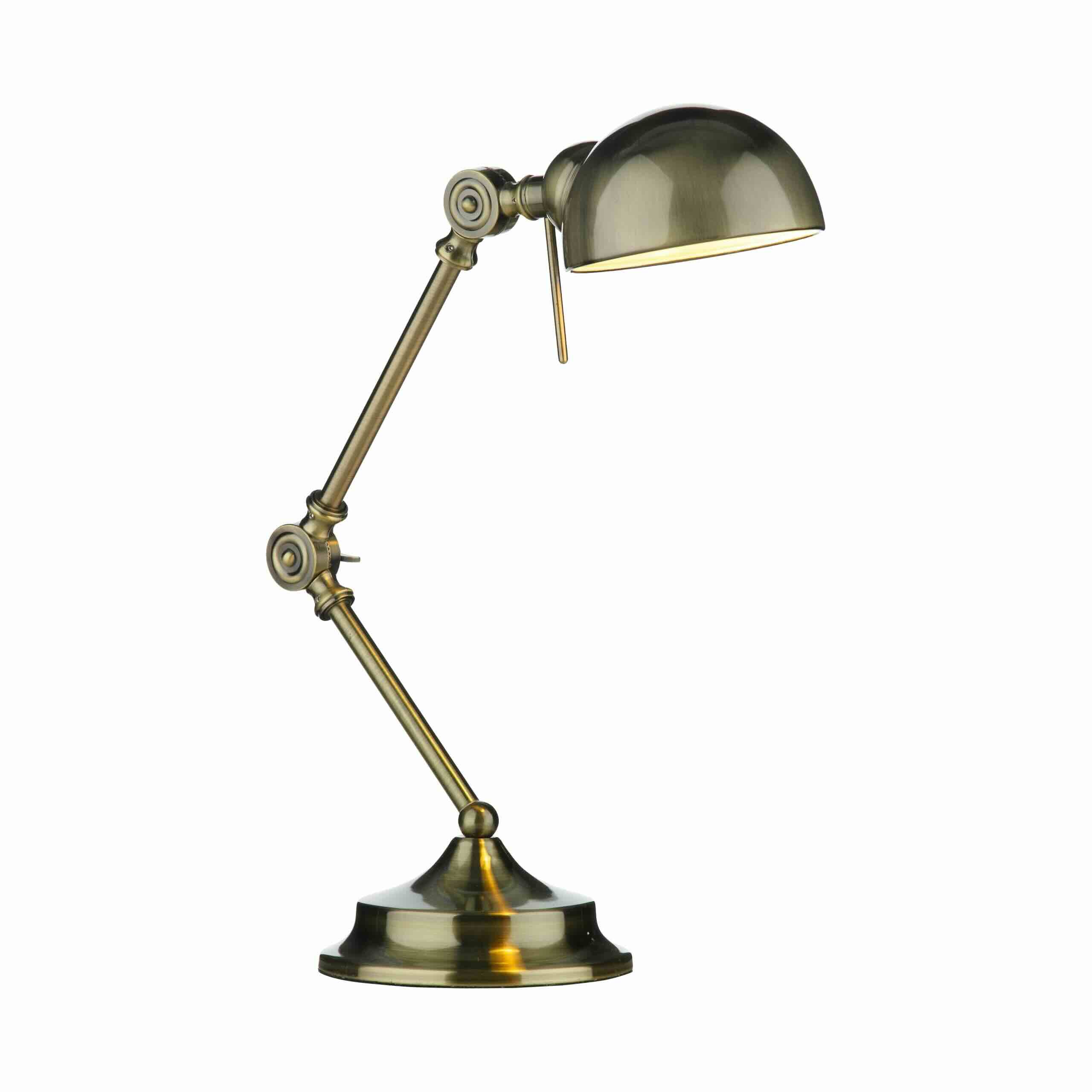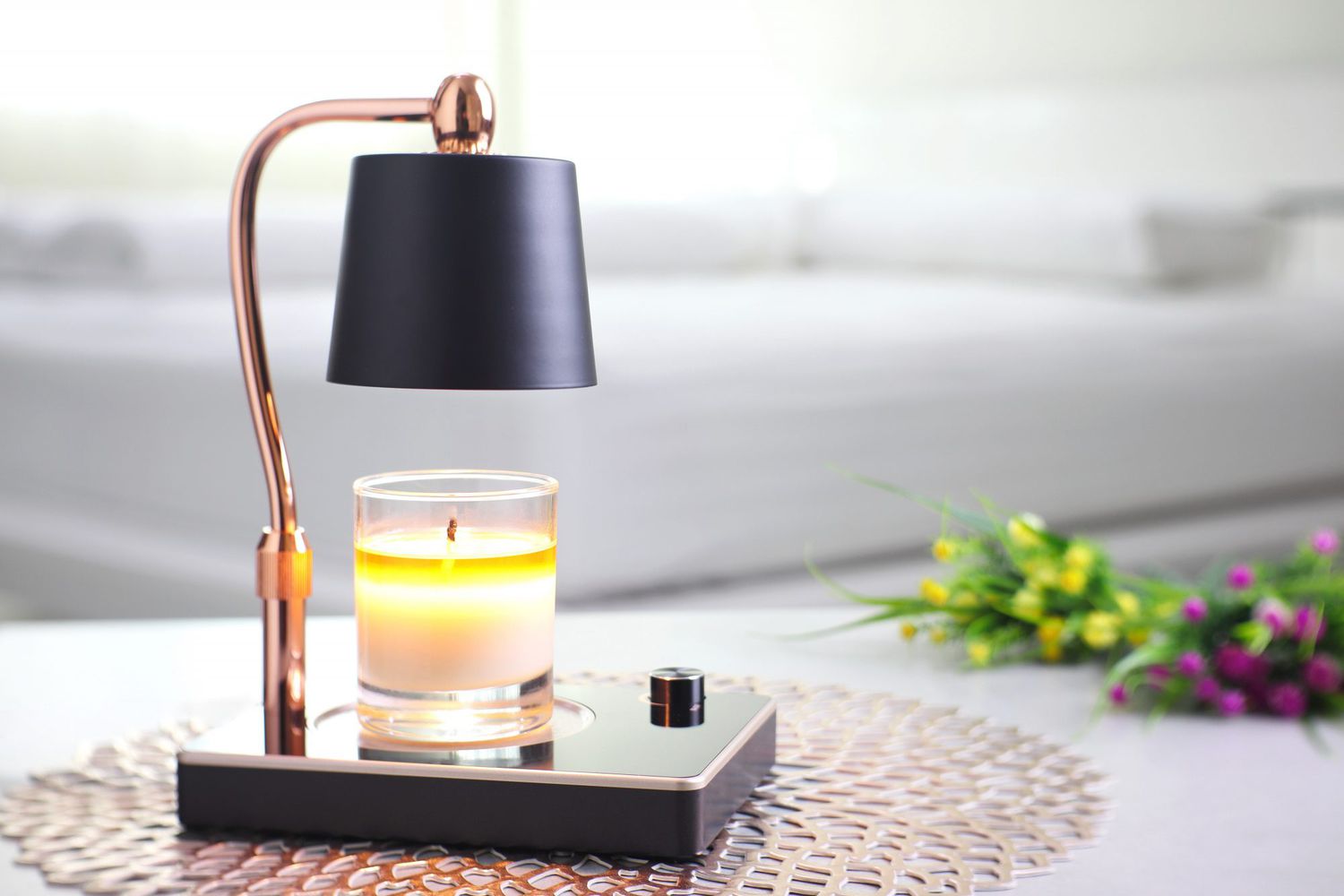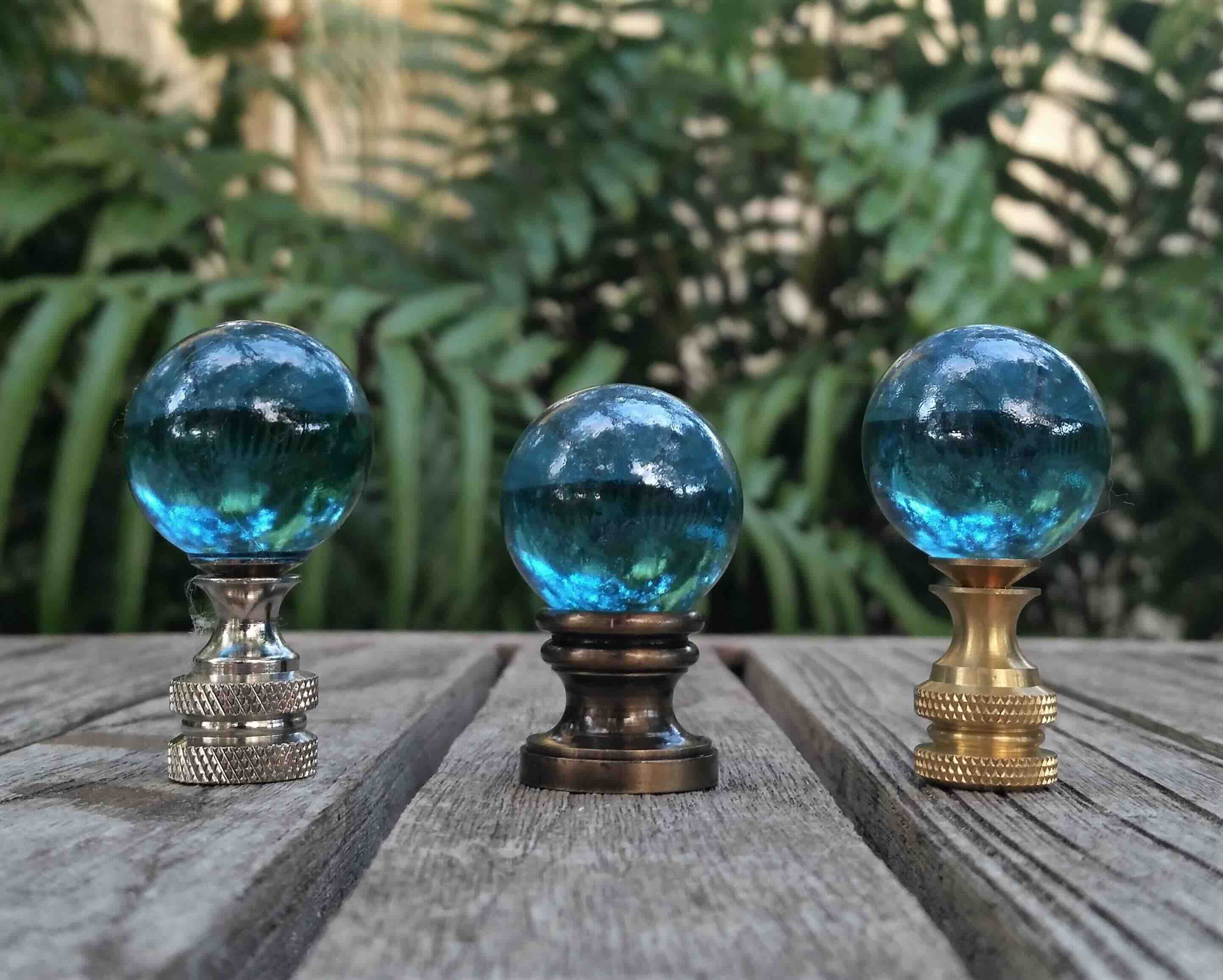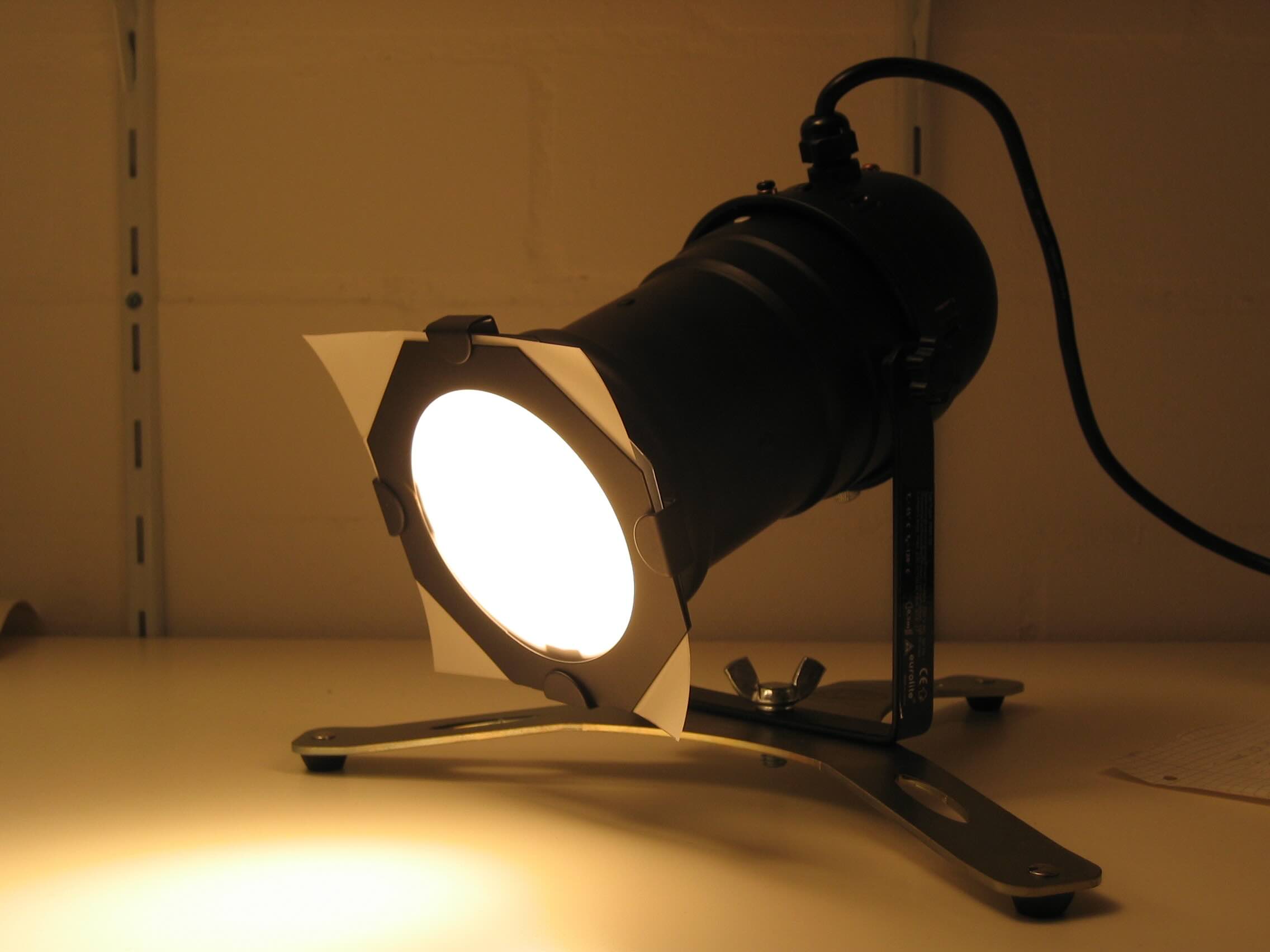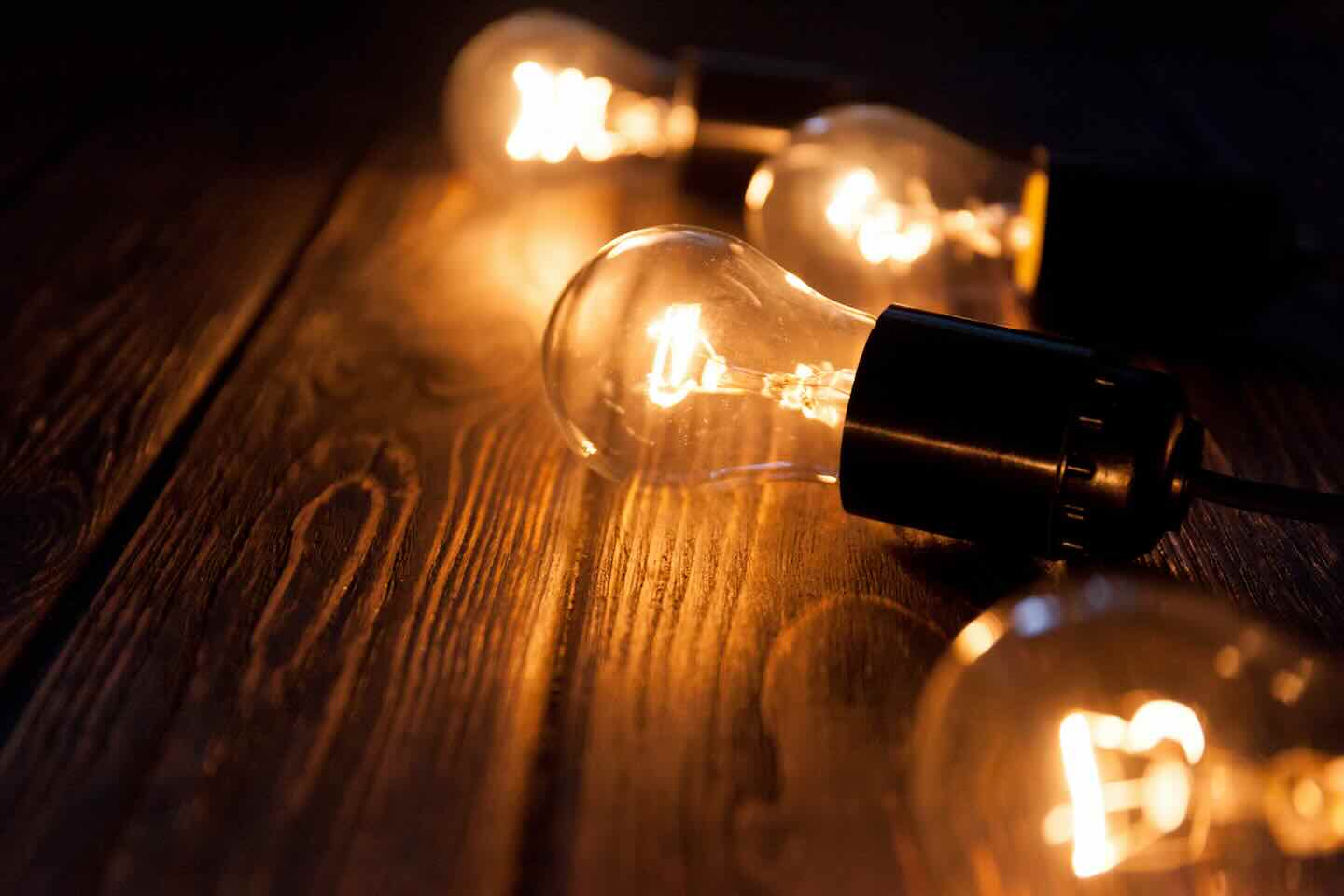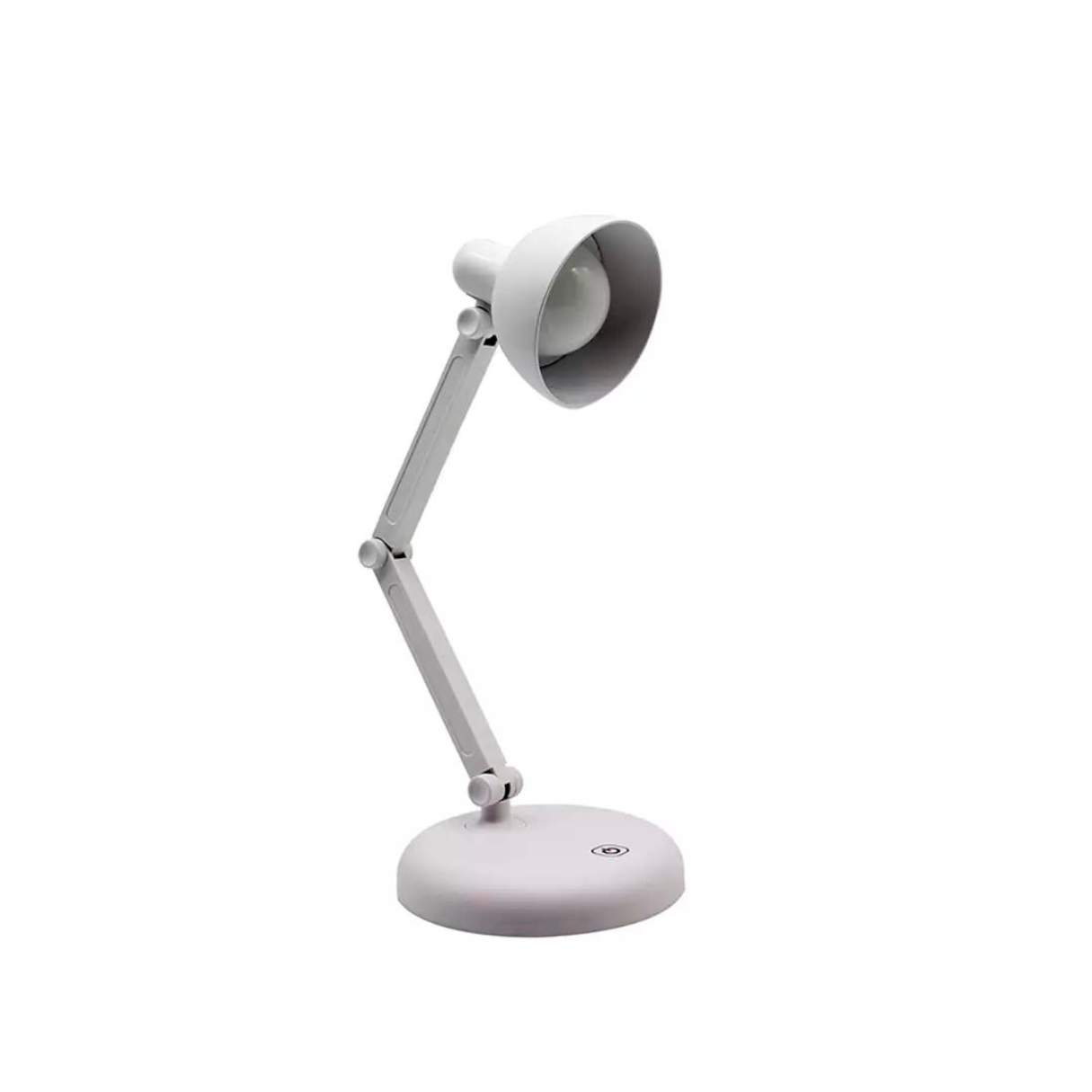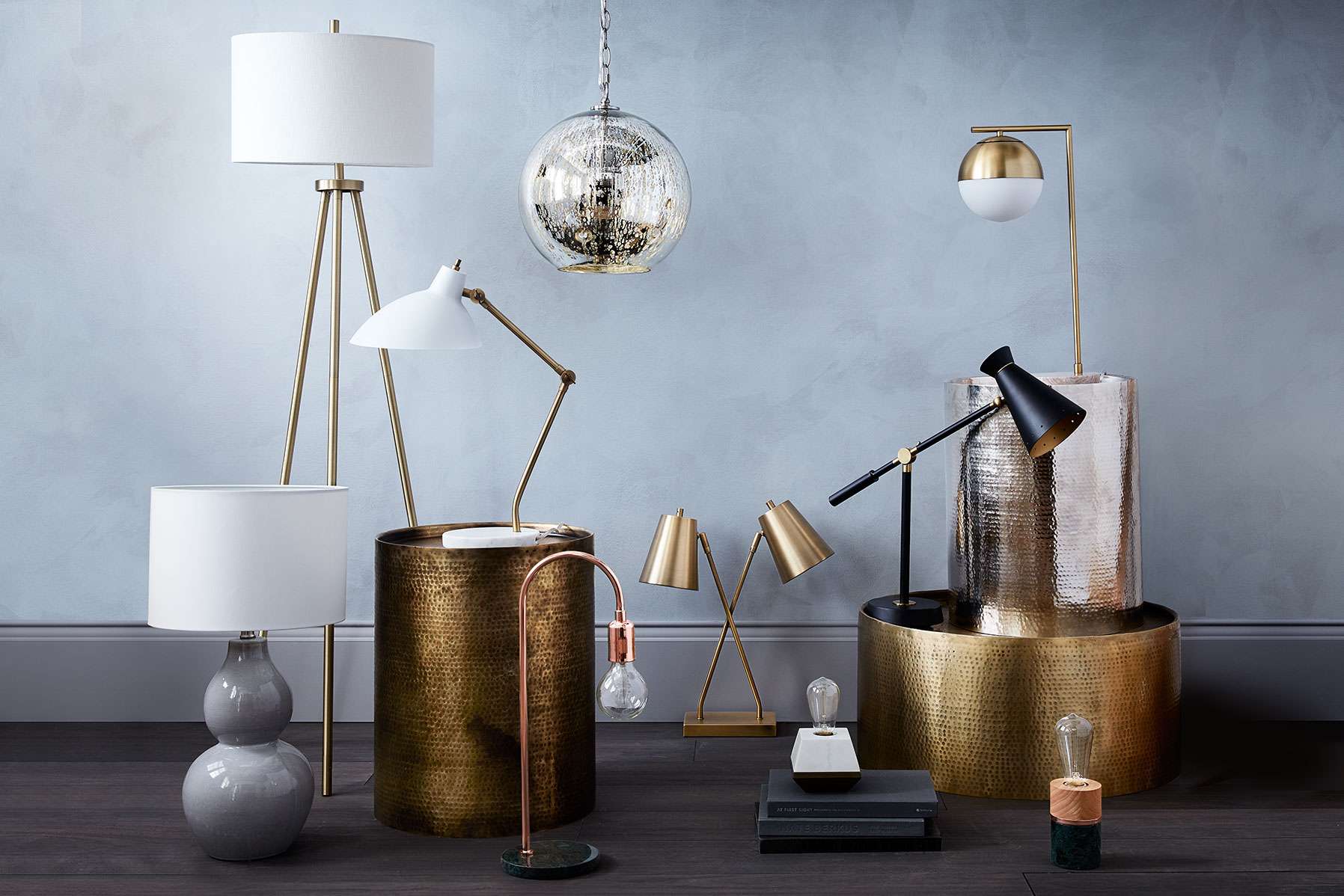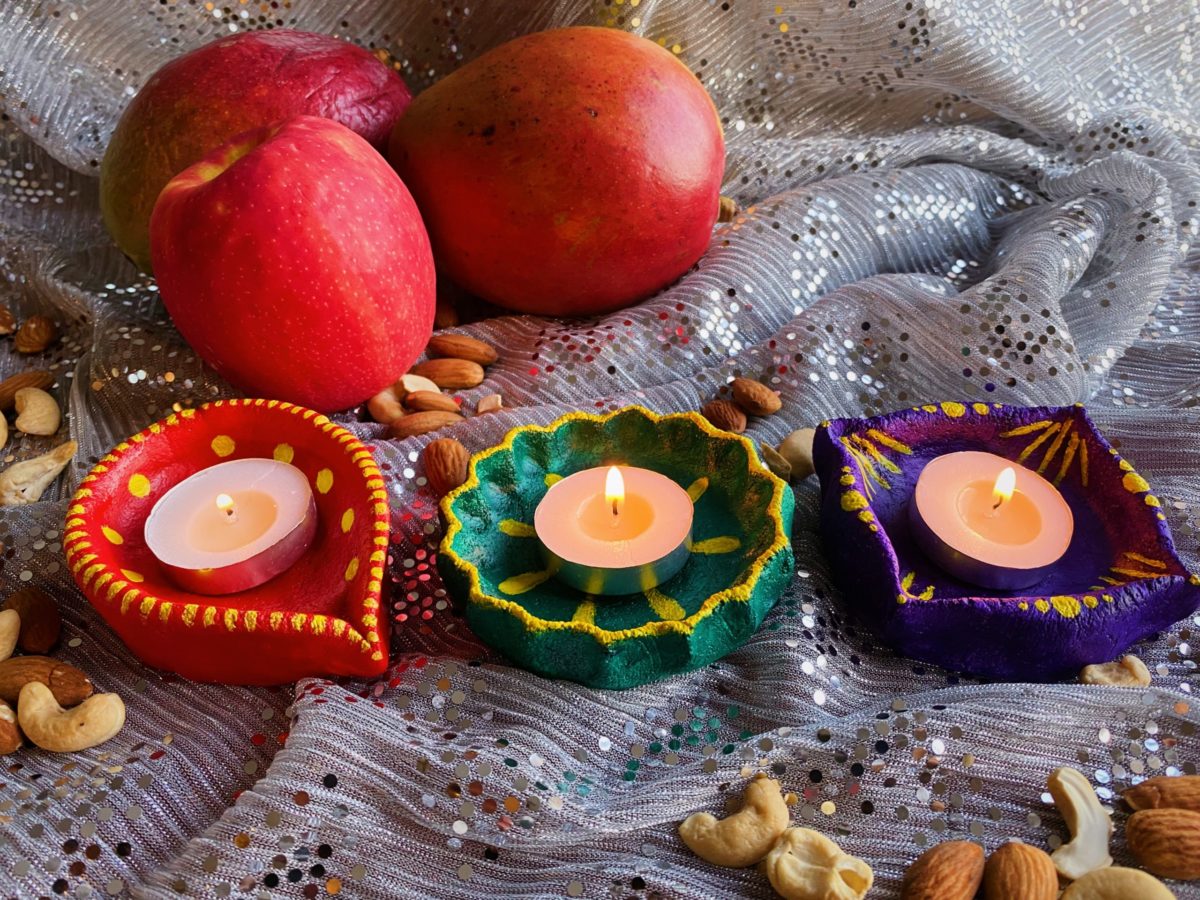

Furniture
What Is A Diya Lamp
Modified: August 22, 2024
Discover the beauty and significance of Diya lamps with our wide range of furniture. Illuminate your space with these traditional Indian decorative lamps and add a touch of elegance to your home.
(Many of the links in this article redirect to a specific reviewed product. Your purchase of these products through affiliate links helps to generate commission for Storables.com, at no extra cost. Learn more)
Introduction
The Diya lamp holds a special place in the rich cultural heritage of India. It is not merely a source of light, but a symbol of positivity and spirituality. Diya lamps are traditionally made of clay, with a small wick immersed in oil, and are lit on auspicious occasions, religious ceremonies, and festivals.
The history of Diya lamps dates back thousands of years, with its roots deeply embedded in Hinduism. These lamps are considered sacred and are used for various purposes, including worshipping deities, seeking blessings, and spreading positive energy. The flickering flame of the Diya represents the eternal presence of light, wisdom, and knowledge.
The Diya lamp’s design and components have evolved over time, but it continues to be an integral part of Indian households and religious practices. Its simple yet elegant design adds a touch of traditional charm to any space. The lighting of Diya lamps also plays a significant role in festivals and celebrations, creating a warm and inviting ambiance.
In this article, we will explore the history, significance, components, different types, and various uses of Diya lamps. Whether you are interested in understanding the cultural aspects or looking to incorporate Diya lamps into your home decor, this article will provide you with a comprehensive guide to these beautiful and meaningful lamps.
Key Takeaways:
- Embrace the timeless tradition and cultural significance of Diya lamps, symbolizing light, spirituality, and positivity in Indian culture. Illuminate your space with the warm glow and rich heritage of these cherished lamps.
- Whether for religious rituals, festive celebrations, or home décor, Diya lamps embody the triumph of light over darkness, offering a touch of traditional charm and elegance to any setting. Embrace the radiant symbolism and cultural heritage they represent.
Read more: What Is A Lamp
History of Diya Lamp
The origin of the Diya lamp can be traced back to ancient India. The practice of lighting lamps has been an integral part of daily life and religious rituals in Indian culture for centuries. The earliest evidence of Diya lamps can be found in the Indus Valley Civilization, dating back to around 2500 BCE.
The ancient scriptures and texts of Hinduism, such as the Vedas and Upanishads, mention the significance of lighting lamps to dispel darkness and invite positive energy. In Hindu mythology, it is believed that lighting a Diya lamp pleases the deity of light, Lord Surya, and removes darkness from one’s life.
The Diya lamp holds particular importance during the festival of Diwali, also known as the Festival of Lights. Diwali celebrates the victory of light over darkness and good over evil. During this festival, houses are adorned with Diya lamps to welcome prosperity and happiness.
Historically, Diya lamps were made from clay, with a small cup-like shape to hold oil and a cotton wick. The clay material represented the connection to the earth and the cotton wick symbolized purity. Over time, the design and materials used for Diya lamps have evolved, with metal, brass, and even electric options now available.
As the centuries passed, Diya lamps became more intricate and decorative. Skilled artisans began crafting Diya lamps with intricate carvings, elegant designs, and unique patterns. Some Diya lamps are even adorned with colorful stones or painted with intricate motifs.
The tradition of using Diya lamps spread beyond India’s borders, with other cultures embracing the practice of lighting lamps. In Buddhism, for example, lamps are lit to symbolize the attainment of enlightenment and to pay homage to the Buddha.
Today, the Diya lamp continues to be a cherished symbol of spirituality, purity, and positivity. Whether used for religious rituals, festive occasions, or simply as a decor item, the Diya lamp holds a deep cultural significance and serves as a reminder of the power of light in our lives.
Significance of Diya Lamp in Hinduism
In Hinduism, the Diya lamp holds immense significance and is considered a sacred object that is used in various religious practices and rituals. Lighting a Diya lamp is not just a physical act, but a spiritual one that connects the individual with the divine.
The flickering flame of the Diya is believed to represent the presence of light, knowledge, and wisdom. It symbolizes the triumph of good over evil, dispelling darkness and illuminating the path to righteousness.
Lighting a Diya lamp is an essential part of daily puja, or worship, in Hindu households. It is a way to show devotion and gratitude to the deities and seek their blessings. Each evening, families light Diya lamps as an offering to the gods and to create a sacred atmosphere in their homes.
During festivals and religious ceremonies, the significance of the Diya lamp becomes even more pronounced. Diwali, also known as Deepavali, is the most widely celebrated festival in Hinduism, and it is commonly referred to as the Festival of Lights. During Diwali, homes are adorned with countless Diya lamps, illuminating every corner and spreading joy and positivity.
The lighting of Diya lamps during Diwali is believed to symbolize the victory of light over darkness and good over evil. It is a time to celebrate the return of Lord Rama, the embodiment of righteousness, from his exile after defeating the demon king Ravana. The light from the Diya lamps is said to guide Lord Rama and his wife, Sita, back to their kingdom in Ayodhya.
In addition to Diwali, Diya lamps are also lit during other important Hindu festivals such as Navaratri, Durga Puja, Karthikai Deepam, and Ganesha Chaturthi. These lamps are seen as a means to invoke the blessings of the respective deities and seek their divine guidance.
Furthermore, lighting a Diya lamp is believed to ward off negative energies and bring positivity into one’s life. It is seen as a way to dispel darkness from the surroundings and create an environment of purity, peace, and spiritual upliftment.
The Diya lamp is not merely a religious symbol, but also a cultural one. It serves as a reminder of the profound spiritual heritage of Hinduism and connects individuals to their roots and traditions. The simple act of lighting a Diya lamp is a way to express faith, devotion, and reverence to the divine forces that govern our lives.
Components and Design of a Diya Lamp
A Diya lamp is composed of several components that come together to create a beautiful and functional piece. The design of a Diya lamp can vary greatly depending on its region of origin and purpose.
The main components of a traditional Diya lamp include:
- Base: The base of the Diya lamp is typically flat and stable to provide a sturdy foundation.
- Reservoir: The reservoir is the shallow cup-like portion of the Diya lamp that holds the oil. Traditionally, this reservoir is made of clay or metal.
- Wick Holder: The wick holder is a small cavity within the Diya lamp where the wick is placed. It is usually located at the center of the reservoir.
- Wick: The wick is a cotton thread or cord that absorbs the oil from the reservoir and allows it to burn continuously. The length of the wick can vary depending on the size of the Diya lamp.
- Oil: Diya lamps are filled with various types of oils, such as ghee (clarified butter), sesame oil, or vegetable oil. The choice of oil can be influenced by cultural or personal preferences.
The design of a Diya lamp can be simple or highly intricate, depending on the artistic style and cultural influences. Traditional Diya lamps often feature detailed carvings, intricate patterns, and decorative elements.
Several regions in India are known for their unique styles of Diya lamps. For example, the brass Diya lamps of Kerala, known as “Nilavilakku,” feature a long stem with multiple branches holding multiple lamps. These lamps are often used in temples and during religious ceremonies.
In Rajasthan, the Diya lamps are crafted in the shape of peacocks with colorful embellishments, adding a touch of artistic flair. In South India, the “Kuthu Vilakku” or “Deepam” style Diya lamps are made of brass or bronze and have a prominent spout-like shape with intricate engravings.
Modern interpretations of Diya lamps have also emerged, with designers incorporating a blend of traditional and contemporary elements. These lamps may be made from materials such as glass, ceramic, or even sustainable materials like bamboo.
Some Diya lamps also feature a handle or a hook, which allows them to be hung or carried during festive processions or religious rituals.
Overall, the design and components of a Diya lamp reflect the rich cultural diversity and artistic heritage of India. Whether simplistic or ornate, a Diya lamp serves as a beautiful representation of light and spirituality.
Lighting a Diya Lamp
Lighting a Diya lamp is a sacred and cherished tradition in Hindu culture. It is a symbolic act that signifies the illumination of one’s surroundings with positivity, knowledge, and divine blessings. Here is a step-by-step guide on how to light a Diya lamp:
- Select a Diya Lamp: Choose a Diya lamp that resonates with your personal preference and the occasion. Traditional clay or brass Diya lamps are popular choices.
- Prepare the Diya: Fill the reservoir of the Diya lamp with oil. Ghee is considered auspicious, but you can also use sesame oil or vegetable oil. Ensure that the reservoir is filled to an appropriate level, leaving room for the wick.
- Prepare the Wick: Trim the cotton wick to an appropriate length, usually around 2-3 inches. With your fingers, gently twist and shape the wick to form a small loop or coil at one end. This will help the wick absorb the oil and burn evenly.
- Place the Wick: Carefully place the prepared wick into the wick holder or the center of the reservoir. Ensure that the loop or coil of the wick is slightly above the surface of the oil so that it can ignite easily.
- Light the Wick: Using a matchstick or a lighter, bring the flame close to the wick and ignite it. Allow the flame to catch on to the wick and ensure that it is burning steadily.
- Adjust the Flame: If the flame seems too small, gently blow on it to enhance its size and brightness. Be cautious not to extinguish the flame by blowing too hard. The ideal flame is steady and flickering.
- Set the Diya: Place the lit Diya lamp in a safe and secure spot. It is best to use a Diya stand or a heat-resistant surface to prevent any accidents or damage to the surroundings.
- Show Reverence: Once the Diya lamp is lit, take a moment to offer a silent prayer or meditation, expressing your gratitude and seeking divine blessings.
It is important to remember to exercise caution while handling lit Diya lamps. Keep them away from flammable materials, and never leave them unattended. Additionally, make sure to extinguish the Diya lamps when they are no longer required or before leaving the area.
Lighting a Diya lamp is not just a ritualistic practice but also an opportunity for introspection and connecting with the divine. The warm glow of the Diya lamp creates a serene ambiance and invites positive energy into one’s surroundings, making it an integral part of Hindu traditions and celebrations.
When using a diya lamp, be sure to place it on a stable surface away from any flammable materials. Keep it out of reach of children and pets, and never leave it unattended while lit.
Read more: What Is A Slit Lamp
Different Types of Diya Lamps
Diya lamps come in a variety of shapes, sizes, and materials, each with its own unique charm and cultural significance. Here are some of the different types of Diya lamps:
- Traditional Clay Diya: The traditional clay Diya lamp, also known as the Mitti ka Diya, is one of the most commonly used types. These lamps are made of clay and are often handcrafted with intricate designs. They are popular during religious rituals and festivals.
- Brass Diya: Brass Diya lamps are highly revered in Hindu households and temples. They are made of brass metal and are known for their durability and beautiful craftsmanship. Brass Diya lamps come in a variety of shapes and sizes, including single wick and multi-wick designs.
- Oil Lamp Diya: Oil lamp Diya lamps are designed to hold a larger quantity of oil and are known for their long burning time. These Diya lamps often have a larger reservoir and a wider wick holder to accommodate more oil and create a brighter and longer-lasting flame.
- Decorative Diya: Decorative Diya lamps are designed specifically for festive occasions and home decor. These lamps may feature colorful embellishments, intricate carvings, or be made from materials like glass or ceramic. They add a touch of elegance and aesthetic appeal to any space.
- Electric Diya: Electric Diya lamps have gained popularity in recent times. They are designed to mimic the appearance of traditional Diya lamps but use electricity instead of oil and wicks. Electric Diya lamps are convenient and safer alternatives, especially in households with children or for events that require lighting for an extended period.
- Floating Diya: Floating Diya lamps, also known as Pushpa Diya, are used on special occasions such as weddings or during the festival of Diwali. These lamps are placed on water bodies, like ponds or bowls filled with water and flowers. The floating Diya lamps create a mesmerizing sight as they gently float and illuminate the surrounding area.
- Sculptural Diya: Sculptural Diya lamps are often considered works of art. These lamps are intricately designed and crafted to resemble various sculptures, deities, or mythological figures. Sculptural Diya lamps serve as not only a source of light but also a decorative piece that adds a touch of cultural and spiritual significance to any space.
These are just a few examples of the different types of Diya lamps available today. Each type has its own unique appeal and purpose, allowing individuals to choose a Diya lamp that best suits their preferences and the occasion at hand.
Regardless of the type of Diya lamp chosen, their collective purpose remains the same – to spread light, positivity, and divine blessings in our lives and surroundings.
Diya Lamp in Festivals and Celebrations
The Diya lamp holds a central role in various festivals and celebrations in India. These festivals are marked by the lighting of countless Diya lamps, creating a vibrant and joyous atmosphere. Here are some of the significant festivals where Diya lamps play a pivotal role:
- Diwali: Diwali, also known as the Festival of Lights, is the most widely celebrated festival in India. The entire festival revolves around the lighting of Diya lamps to symbolize the victory of light over darkness and good over evil. Homes are illuminated with rows of Diya lamps, and firework displays light up the night sky.
- Karthikai Deepam: Karthikai Deepam is a festival celebrated in Tamil Nadu, dedicated to Lord Muruga. It is marked by the lighting of enormous bonfires and rows of oil-filled Diya lamps called “Agal Vilakku.” These lamps are placed on doorsteps, rooftops, and in temples, creating a breathtaking spectacle.
- Kumbh Mela: Kumbh Mela is one of the largest religious gatherings in the world, attracting millions of devotees. During this event, Diya lamps are lit along the banks of sacred rivers, such as the Ganges, as a form of offering and devotion.
- Pongal: Pongal is a harvest festival celebrated in Tamil Nadu. It is a time of thanksgiving and expressing gratitude to the Sun God for a bountiful harvest. People light Diya lamps to signify prosperity, abundance, and the warmth of the Sun’s blessings.
- Karthika Deepam: Karthika Deepam is a festival celebrated in Southern India, particularly in Andhra Pradesh. Diya lamps are lit in homes and temples throughout the month of Karthikai to seek blessings, remove darkness, and commemorate the divine union of Lord Shiva and Goddess Parvati.
- Ganesha Chaturthi: Ganesha Chaturthi celebrates the birth of Lord Ganesha, the elephant-headed deity. During this festival, small clay Diya lamps are lit in homes and temples as devotees seek the blessings of Lord Ganesha for wisdom, prosperity, and the removal of obstacles.
- Kali Puja: Kali Puja is a festival dedicated to the worship of the fierce goddess Kali. Diya lamps are lit to honor Goddess Kali and seek her protection and blessings. The festival is celebrated with great fervor in West Bengal, particularly during the auspicious time of Diwali.
Aside from these major festivals, Diya lamps are also lit during various religious ceremonies, weddings, and auspicious occasions to invoke positive energies, seek blessings, and create a spiritually charged environment.
The lighting of Diya lamps during festivals not only adds illumination but also creates a sense of unity and joy among communities. It symbolizes hope, prosperity, and the triumph of good over evil. The warm glow of the Diya lamps brings people together, fostering a sense of togetherness and a shared cultural heritage.
These festivals and celebrations are a testament to the enduring importance of Diya lamps, not just as a source of light, but as a symbol of spirituality, tradition, and collective celebration.
Diya Lamp in Home Décor
Diya lamps are not only a symbol of religious and cultural significance but also make for beautiful and unique home décor items. Incorporating Diya lamps into your home can add a touch of traditional charm and elegance. Here are a few ways to incorporate Diya lamps into your home décor:
- Entrance: Place a pair of Diya lamps on either side of your doorway or entrance to create a warm and welcoming ambiance. You can opt for decorative Diya lamps with intricate patterns or choose simple clay Diya lamps for a rustic and traditional look.
- Tabletop: Use Diya lamps as centerpieces on your dining table, coffee table, or side tables. You can mix and match different types of Diya lamps with varying sizes, shapes, and materials to create an eye-catching display. Consider using electric Diya lamps to ensure safety and convenience.
- Wall Décor: Hang wall-mounted Diya lamps to add a unique and artistic touch to your walls. These lamps can be made of metal, brass, or even colorful ceramics. Arrange them in a symmetrical pattern or create an asymmetrical display for a visually appealing look.
- Outdoor Spaces: Illuminate your outdoor spaces, such as the balcony or patio, with Diya lamps for a cozy and atmospheric feel. Hang them from hooks or place them on outdoor tables. Floating Diya lamps can also be placed in water features or pools to create a tranquil and enchanting setting.
- Festive Decor: During festive occasions like Diwali, fully embrace the spirit of the festival by adorning your home with numerous Diya lamps. Line your windowsills, staircase, or balcony railings with rows of lit Diya lamps to create a magical ambiance that captures the essence of the festival of lights.
- Altar or Puja Room: If you have a dedicated altar or puja room in your home, include Diya lamps as an essential element. Place brass Diya lamps on either side of the deities or use clay Diya lamps for a traditional touch. The soft glow of these lamps will create a serene and sacred atmosphere during your prayers or meditation.
When using Diya lamps for home décor, consider the overall theme and style of your space. You can choose classic and traditional designs for a vintage look or opt for contemporary and eclectic designs to add a modern twist. Don’t be afraid to experiment with different colors, textures, and materials to find the perfect Diya lamp that complements your décor.
Remember to prioritize safety when using Diya lamps as décor items. If using oil-filled Diya lamps, ensure they are placed on a stable surface and away from flammable materials. If using electric Diya lamps, ensure they are properly installed and connected.
By incorporating Diya lamps into your home décor, you not only infuse your space with a vibrant and spiritual aura but also express your cultural heritage and appreciation for traditional craftsmanship. These lamps serve as a graceful reminder of the timeless traditions and rituals that have been passed down through generations.
Conclusion
The Diya lamp is a cherished symbol of light, spirituality, and cultural heritage in India. Its significance is deeply rooted in Hinduism and is celebrated in various festivals, religious ceremonies, and home décor. The flickering flame of the Diya lamp represents the eternal presence of light, knowledge, and positivity.
The history of Diya lamps dates back thousands of years, with evidence of their existence in ancient civilizations. Over time, the design and materials used to create Diya lamps have evolved, reflecting the artistic styles and cultural diversity of different regions in India.
The Diya lamp holds an important place in festivals and celebrations, such as Diwali, Karthikai Deepam, and Ganesha Chaturthi. Lighting countless Diya lamps during these occasions not only illuminates homes and temples but also symbolizes the victory of light over darkness.
In addition to religious and festive significance, Diya lamps have also found their way into home décor. Whether used as centerpieces, wall hangings, or outdoor lighting, Diya lamps add a touch of traditional charm and elegance to any space.
In conclusion, the Diya lamp embodies the essence of light, spirituality, and cultural heritage in India. Its luminous glow symbolizes hope, prosperity, and the triumph of good over evil. Whether used for religious purposes, festive celebrations, or home décor, the Diya lamp continues to hold a special place in the hearts and homes of the Indian people.
Embrace the beauty and symbolism of the Diya lamp, and let its radiant light illuminate your life and surroundings with warmth, positivity, and divine blessings.
Frequently Asked Questions about What Is A Diya Lamp
Was this page helpful?
At Storables.com, we guarantee accurate and reliable information. Our content, validated by Expert Board Contributors, is crafted following stringent Editorial Policies. We're committed to providing you with well-researched, expert-backed insights for all your informational needs.
